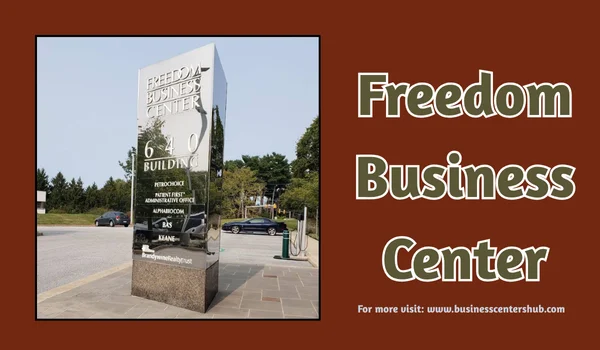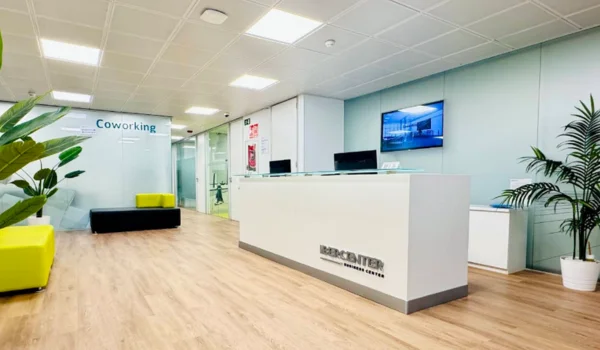Business parks have become pivotal in attracting Fortune 500 companies across the United States. These purpose-built environments offer a blend of strategic location, infrastructure, and amenities that align with the operational needs of large corporations. From cost efficiency to fostering innovation, business parks provide a conducive setting for Fortune 500 firms to thrive.
🏢 What Are Business Parks?
Business parks are planned developments designed to accommodate a range of businesses, from startups to large enterprises. They typically feature modern office spaces, research facilities, and shared amenities, all situated within a cohesive environment. These parks are often located in suburban areas, offering a balance between accessibility and cost-effectiveness.
📍 Strategic Location and Accessibility

Proximity to major transportation hubs is a significant factor for Fortune 500 companies when selecting a business park. For instance, Houston, Texas, with its extensive infrastructure, including one of the nation’s busiest international airports and ports, has become a magnet for multinational corporations. Similarly, Williamson County, north of Austin, has seen a surge in tech companies due to its vast land availability and business-friendly environment.
💼 Infrastructure and Amenities
Modern business parks offer state-of-the-art facilities that cater to the diverse needs of large corporations. These include high-speed internet, conference centers, fitness facilities, and on-site dining options. Such amenities not only enhance employee satisfaction but also streamline operations, making them attractive to Fortune 500 companies.
🤝 Networking and Collaboration Opportunities
Being situated in a business park allows companies to interact with a diverse range of businesses, fostering networking and collaboration. This ecosystem can lead to partnerships, shared resources, and innovative solutions. For example, the Miramar Park of Commerce in Florida is home to 16 Fortune 500 companies, including Stanley Black & Decker, Trane, and Toyota, facilitating a collaborative environment.
💰 Cost Efficiency and Incentives
Operating in a business park can be more cost-effective than traditional office spaces. Shared services and facilities reduce overhead costs, while the potential for tax incentives can further enhance savings. Dell Technologies, for instance, is planning a $25 million expansion of its headquarters in Round Rock, Texas, leveraging state tax incentives to promote investment and job creation.
🌱 Sustainability and Innovation
Many business parks are designed with sustainability in mind, incorporating green building practices and energy-efficient systems. This commitment to sustainability aligns with the values of many Fortune 500 companies, which are increasingly prioritizing environmental responsibility. The evolution of business parks into sustainable communities reflects a broader trend towards eco-friendly development.
🧭 Case Studies of Successful Business Parks
- Hudson Square, New York City: Once an industrial area, Hudson Square has transformed into a thriving hub for creative and media industries. Major tenants like Google and Disney have secured over 4 million square feet of office space, drawn by the area’s revitalization and strategic location.
- MidAmerica Industrial Park, Oklahoma: Ranked among the top business parks in the nation, MidAmerica Industrial Park offers vast acreage, strategic location, and robust infrastructure, making it an attractive destination for large corporations.
🔮 The Future of Business Parks
As the business landscape continues to evolve, business parks are adapting to meet the changing needs of Fortune 500 companies. The integration of technology, emphasis on sustainability, and focus on community engagement are shaping the future of these developments. By offering a conducive environment for growth and innovation, business parks will remain a cornerstone in attracting and retaining large corporations in the U.S.
In conclusion, business parks provide a strategic advantage for Fortune 500 companies seeking a blend of location, infrastructure, and community. Their role in fostering collaboration, offering cost efficiencies, and supporting sustainable practices makes them an attractive option for large enterprises looking to thrive in a dynamic business environment.


